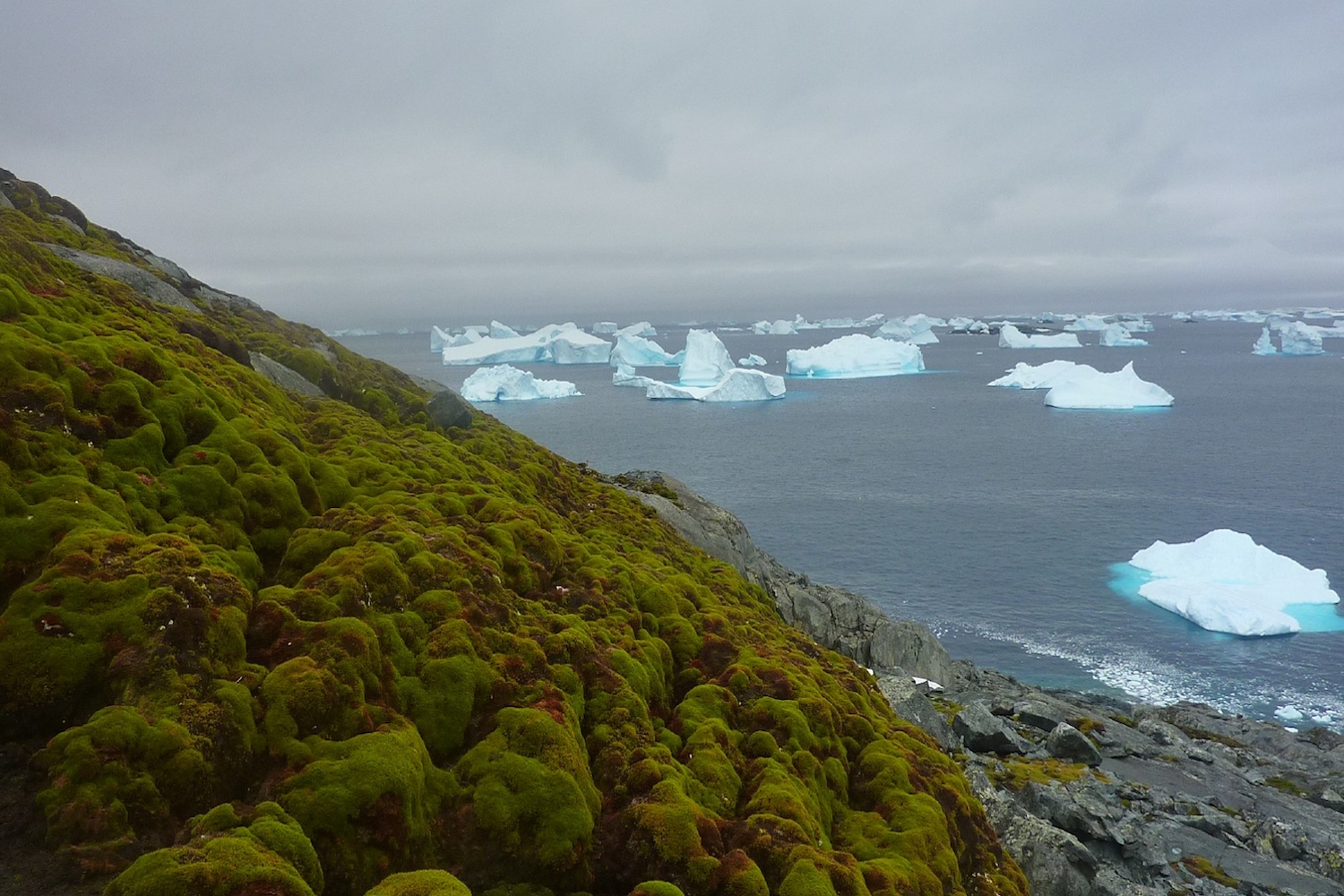California is in its third week of back-to-back-to-back extreme weather events. The Pacific coast has been drenched by consecutive atmospheric rivers spanning from the end of last year into the present, with precipitation totals 400%-600% above average in some regions. At least 17 people have died as a result of the storms, and nearly 100,000 people faced evacuation orders, as reported by The New York Times. Hundreds of thousands of people lost power, and tens of thousands in the state remain without electricity, according to PowerOutage.us.
A new scientific study could help explain why. 2022 was the hottest year ever recorded for Earth’s oceans, according to research published Wednesday in the journal Advances in Atmospheric Sciences. All that heat has major implications for global climate, extreme weather, and marine health.
As ocean temperatures reach new heights, storms have more energy and moisture to fuel them. “I think we are seeing some of the repercussions of that in the storms that are hitting California,” said Kevin Trenberth, a researcher at the National Center for Atmospheric Research and one of the new study’s authors, in an article from the Washington Post. “The heavy rainfalls are a direct consequence of this [ocean heat] anomaly,” he added.
And it’s not just California. Intense rainfall, hurricanes, and flooding hit lots of regions around the world this past year. Climate change, and the specific consequences of increasing ocean heat, is likely a contributing factor in nearly all of those instances.
Extreme weather linked to climate change cost the U.S. at least $165 billion in 2022, according to NOAA data released on Monday. All told, the past year’s cumulative climate disasters made it the third most expensive since NOAA began keeping tabs, surpassed only by 2017 and 2005.
In addition to the storms, warming oceans exacerbate sea level rise, alter patterns of salinity and nutrient levels, and cause die-offs of marine life, the Advances study authors point out.
Then, there’s what our oceans can tell us about the land and our planet as a whole. The newly set 2022 record is a strong and dire signal of the consequences of human greenhouse gas emissions. Compared to air, water absorbs and releases heat more slowly. In our rapidly shifting world, oceans are a more consistent measure of global heat patterns than atmospheric temperatures, argue Trenberth and his co-researchers. Global air and surface temperature averages are undoubtedly rising over time, but year to year they fluctuate. Oceans though, are less variable.
This year’s record surpasses the ones set previously in 2021, 2020, 2019, and 2017. We are on our fourth year in a row of record-hot oceans. “If we keep breaking records, it’s kind of like a broken record,” John Abraham, a climatologist at the University of St. Thomas in Minnesota and one of the study researchers, told the Washington Post.
Ocean heat content “is a particularly robust metric of global climate change,” the study authors write. “Driven by anthropogenic greenhouse gas emissions, there is an energy imbalance in the Earth’s climate system,” and the oceans are bearing the brunt of that imbalance. Past research has determined that about 90% of the excess energy (i.e. heat) dumped into Earth’s climate system ends up stored in the ocean.
Keep in mind, though, that trends for land surface temperature aren’t much more encouraging. Though 2022 was not the hottest year ever recorded overall (that was 2016), the past eight years combined have been the warmest on record, according to a recent analysis from European Union scientists. Persistent La Niña conditions have made certain regions unusually cool for the past three years, but that anomaly doesn’t change the overall warming trend.
In their new ocean research, Trenberth, Abraham, and colleagues analyzed the temperature of the upper 2,000 meters (about 1.24 miles) of the world’s ocean water using data from the Chinese Academy of Sciences and the U.S. National Oceanic and Atmospheric Administration. Analyses from both institutions found 2022 to be the hottest ocean year on record, but exact measures differed slightly because of variations in approach.
Regardless, the scientists found that, between 1958 and 2022, the upper oceanic reaches across the planet have warmed by an average of about 5.4 Zettajoules per year. A Zettajoule is a massive unit of energy, equivalent to 240,000,000,000,000,000,000 calories. And that warming trend is rapidly accelerating. In 2022, the oceans got about 10 ZJ hotter than they were just a year earlier. For context: all of the energy humans use worldwide in a single year is equal to about half a Zettajoule, according to a news release from the study team.
“The fact that we’re seeing such clear increases in ocean heat content, extending over decades now, shows that there is a significant change underway,” Linda Rasmussen, a retired researcher at the Scripps Institute of Oceanography who wasn’t involved in the new work, told the Washington Post.
And though the ocean warming is consistent, it isn’t uniform. Four basins (the North Pacific, North Atlantic, Mediterranean Sea, and southern oceans) are warming particularly quickly and had record-hot years in 2022, according to the study—which could help explain some of the weather and warming trends of late, like intense heatwaves across Europe and climate shifts in the northeastern U.S..
Ocean circulation patterns are also shifting in response to the temperature rise, the researchers confirmed. Warmer water is less dense and more buoyant than its colder counterpart. The expansion of the top layer of our oceans is contributing to overall sea level rise and exacerbating stratification between the oceans’ upper and lower layers, as surface water becomes less prone to sinking and mixing diminishes. Without that circulation, the deeper ocean loses access to crucial nutrients and oxygen—which is also being depleted at upper levels of the ocean because warmer water holds onto gas less effectively. Thus, ocean warming is a multifold risk to sea life.
Salinity, too, is impacted. Hotter surface water leads to more evaporation, which boosts salt concentrations. Meanwhile, increased freshwater rainfall in some regions causes patches of diminished saltiness. Overall, the study authors determined that—through human-caused climate change and ocean warming—an old paradigm is continuing to hold true: “salty gets saltier—fresh gets fresher.”
So far, there are no signs that any of the above tendencies will shift course. “Until we reach net zero emissions…we’ll continue to break ocean heat content records,” said Michael Mann, an atmospheric scientist at Pennsylvania State University and one of the study authors, in the news release.
Even if humanity takes the necessary, drastic action to avert the worst consequences of climate change, ocean warming is likely locked in for the next 75 years, according to the U.N.’s Intergovernmental Panel on Climate Change. These marine trends and their knock-on effects are our new, ever-amplifying normal. People and ecosystems are suffering for it.














